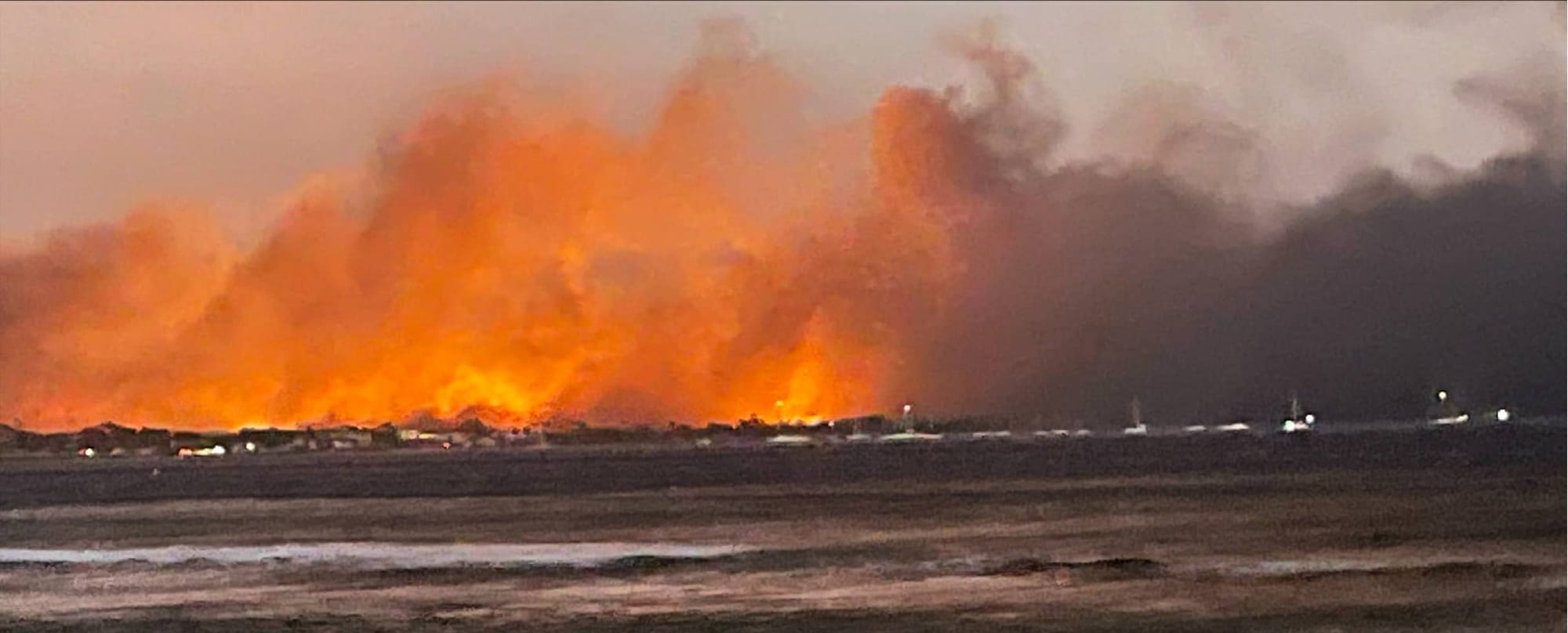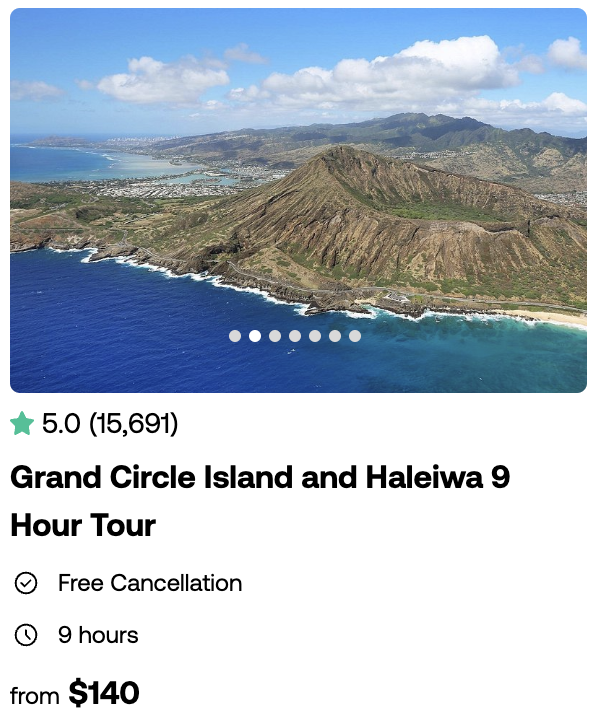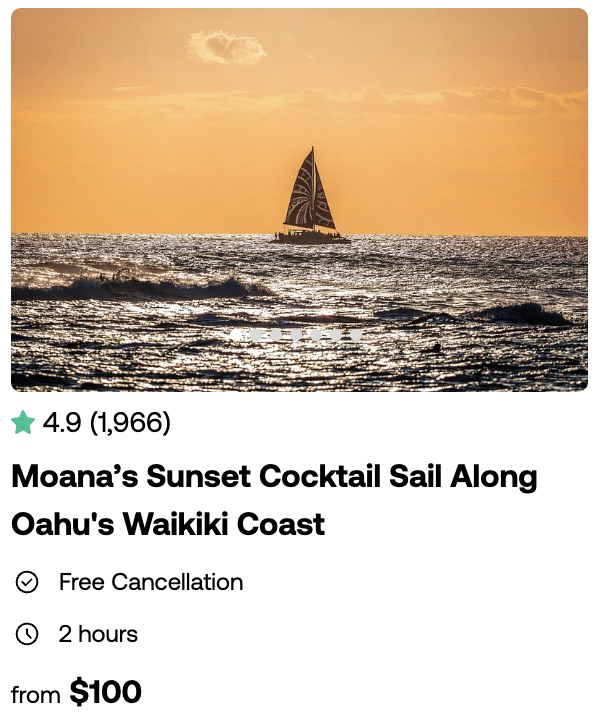Hawaii Just Introduced a Tourist Climate Fee

Welcome to paradise. That’ll be an extra 0.75%.
Starting January 1, 2026, Hawaii will officially become the first U.S. state to charge a climate impact fee on tourists. That’s right, your next beach getaway will come with a tiny line item meant to protect the very view you came for.
This new surcharge, part of Act 96, bumps Hawaii’s Transient Accommodations Tax (TAT) up from 10.25% to 11%. The additional funds will go toward climate resiliency, sustainable tourism, and environmental stewardship, aka making sure Hawaii is still around for your future family vacations.
Let’s break down what this actually means for you and why it matters.
What Is the “Green Fee,” Exactly?
Act 96 is being billed as America’s first “Green Fee.” The state is adding a 0.75% climate surcharge to the nightly rate of hotels, short-term vacation rentals, and—here’s the big update, even cruise ship cabins. Until now, cruise passengers were dodging the state’s hotel tax like a rogue jellyfish. Not anymore.
Say you’re booking a hotel in Maui for $350 per night. You’ll now pay an extra $2.63 per night. Over a week, that’s about the price of a poke bowl. Small on paper, sure but projected to rake in $100 million a year for the state.
Where’s the Money Going?
That $100 million won’t just disappear into the lava tubes. It’s earmarked for projects in:
- Climate disaster preparedness
- Hazard mitigation
- Environmental protection
- Sustainable tourism efforts
Exactly which initiatives will get funded? That’s still TBD and will be hashed out during the next legislative session. But the intention is clear: build a safer, greener Hawaii without putting the entire bill on local residents.
Why Now?
Let’s rewind to August 2023, when wildfires tore through Maui, destroying Lahaina and killing over 100 people. It became the deadliest wildfire in U.S. history in over a century.
In response, Governor Josh Green assembled the Climate Advisory Team (CAT) to get serious about future-proofing the islands. Their solution? Find a sustainable funding source that doesn’t rely on taxpayer bake sales.
According to Green, “Hawaii cannot wait for the next disaster to hit before taking action.” And honestly? He’s not wrong. When your state is made up of remote islands vulnerable to everything from hurricanes to sea level rise, climate resiliency isn’t optional—it’s survival.
Is Hawaii the Only One Doing This?
Not even close. In fact, Hawaii’s just joining the global club.
Over the past year alone:
- Greece added a climate resilience fee on hotels
- Bali launched a $10 tourist tax
- The Galápagos Islands raised their entry fee for foreign visitors
Even Venice is charging visitors just to walk into the city. (Though to be fair, you get to walk into Venice. Sooo)
Tourist taxes aren’t new, but they're becoming more climate-focused as the impact of mass tourism becomes harder to ignore. While the effectiveness of these fees depends on how they’re managed, some destinations have turned a modest surcharge into serious progress.
Should Travelers Be Concerned?
If you’re budgeting for Hawaii, this fee shouldn’t be your deal-breaker. A few extra bucks per night won't cancel your luau plans, but they could help protect coral reefs, trails, and coastlines.
And let’s be real, Hawaii isn’t a bargain destination. If you're spending hundreds on hotels and excursions, a tiny climate fee won’t make or break your trip. But it might help keep it a place worth visiting.
Plus, there’s something kind of refreshing about a tourist tax that isn’t just a cash grab. This one has a mission.
Final Thoughts
The new Green Fee is more than just a few cents tacked onto your hotel bill. It's a small ask with the potential for a big payoff for the land, the locals, and the future of travel in Hawaii.
So, go ahead and book that trip. Just know that part of your payment is going toward preserving paradise. And hey, that’s not a bad souvenir.
Previous Post You May Have Missed

Notes: Some links in this post may earn us a small commission at no extra cost to you, as we participate in affiliate programs. This is how we can continue to work and bring you the latest and best content.
All information is accurate as of the date of publication but may change over time.
Always check for the latest details before making travel plans.




